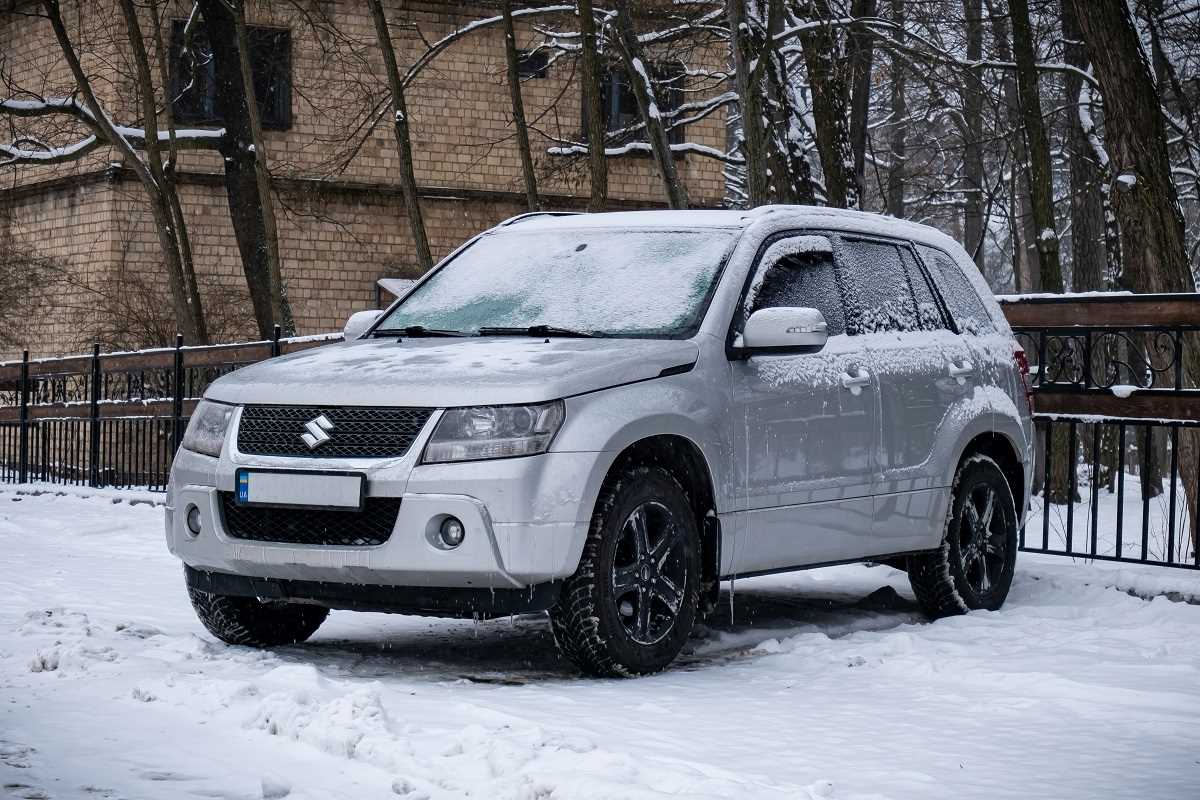Winter mornings often bring icy windshields, snowy roads, and unpredictable delays. If you’re trying to get to work on time, the cold weather can throw some major hurdles your way. But with the right preparation and a few smart habits, you can overcome these challenges and drive safely to your destination. Here’s how to make those frosty mornings a bit smoother.
Defrosting Your Car Quickly and Efficiently
One of the biggest time-wasters on a winter morning is waiting for your car to defrost. Thankfully, there are a few ways to speed up the process:
- Start Your Car Early: Turn your car on and set the defrost to the highest heat setting. Make sure the airflow is directed toward the windshield. It’s best to use a scraper while the defroster runs to speed things up.
- Use a De-Icing Spray: De-icing sprays, which can be bought or made at home with a mix of water and rubbing alcohol, quickly melt ice on windows.
- Cover Your Windshield Overnight: Placing a windshield cover or simply using an old towel can save you from scraping frost in the morning.
Check Your Car Essentials
Winter conditions can be harsh on your car, so ensure it's equipped to handle the cold:
- Tire Pressure and Tread: Cold temperatures can cause tire pressure to drop, so check it regularly. Make sure your tires have enough tread to grip snowy or icy roads. Consider switching to winter tires for extra safety.
- Windshield Wipers and Washer Fluid: Good visibility is key in winter. Ensure your wiper blades are in top condition and fill the washer fluid reservoir with a winter-grade formula to prevent freezing.
- Battery Health: Winter can be tough on car batteries. Get yours checked to avoid the misery of a dead battery when you're running late.
Pack an Emergency Kit
Winter weather can be unpredictable, so pack an emergency kit with these essentials:
- A blanket and warm clothing
- Ice scraper and brush
- Flashlight with extra batteries
- Jumper cables
- Sand or cat litter for traction
- Non-perishable snacks and water
- A first aid kit
Having these items on hand can be a lifesaver if you get stranded.
Adjust Your Driving Style
Winter roads demand extra caution. Here’s how to stay safe on snowy or icy surfaces:
- Slow Down: Reduced speeds are critical when the roads are slippery.
- Increase Following Distance: Leave extra space between your car and the one in front of you. This gives you more time to react if they suddenly stop.
- Watch for Black Ice: This nearly invisible hazard often forms on bridges, overpasses, and shaded sections of the road. Approach these areas cautiously.
- Avoid Sudden Moves: Quick steering, braking, or accelerating can cause you to lose control on slick roads. Be deliberate and gentle with your inputs.
Heed Road Conditions
Stay updated on road and weather conditions before leaving the house. Many apps and websites provide real-time updates on snow, ice, and traffic delays. If the weather looks dangerous, consider delaying your trip or working remotely if possible.
Plan Ahead to Beat the Clock
Preparation is your best defense against winter delays. Here are ways to stay punctual:
- Wake Up a Little Earlier: Give yourself an extra 15–20 minutes to allow for defrosting your car and slower travel speeds.
- Clear the Entire Car of Snow and Ice: Driving with limited visibility is hazardous—and illegal in some states.
- Map Your Route: Know alternative routes in case your usual path is blocked by snow or an accident.
- Keep Your Tank Full: A full gas tank is not only safer in emergencies, but it also prevents freezing in the fuel lines.
Getting to work on time during the winter requires planning, preparation, and a little patience. By taking care of your car, adjusting your driving, and allowing extra time, you can tackle the season’s challenges head-on. Stay safe, stay warm, and set yourself up for smooth and stress-free commutes this winter.
 (Image via
(Image via





